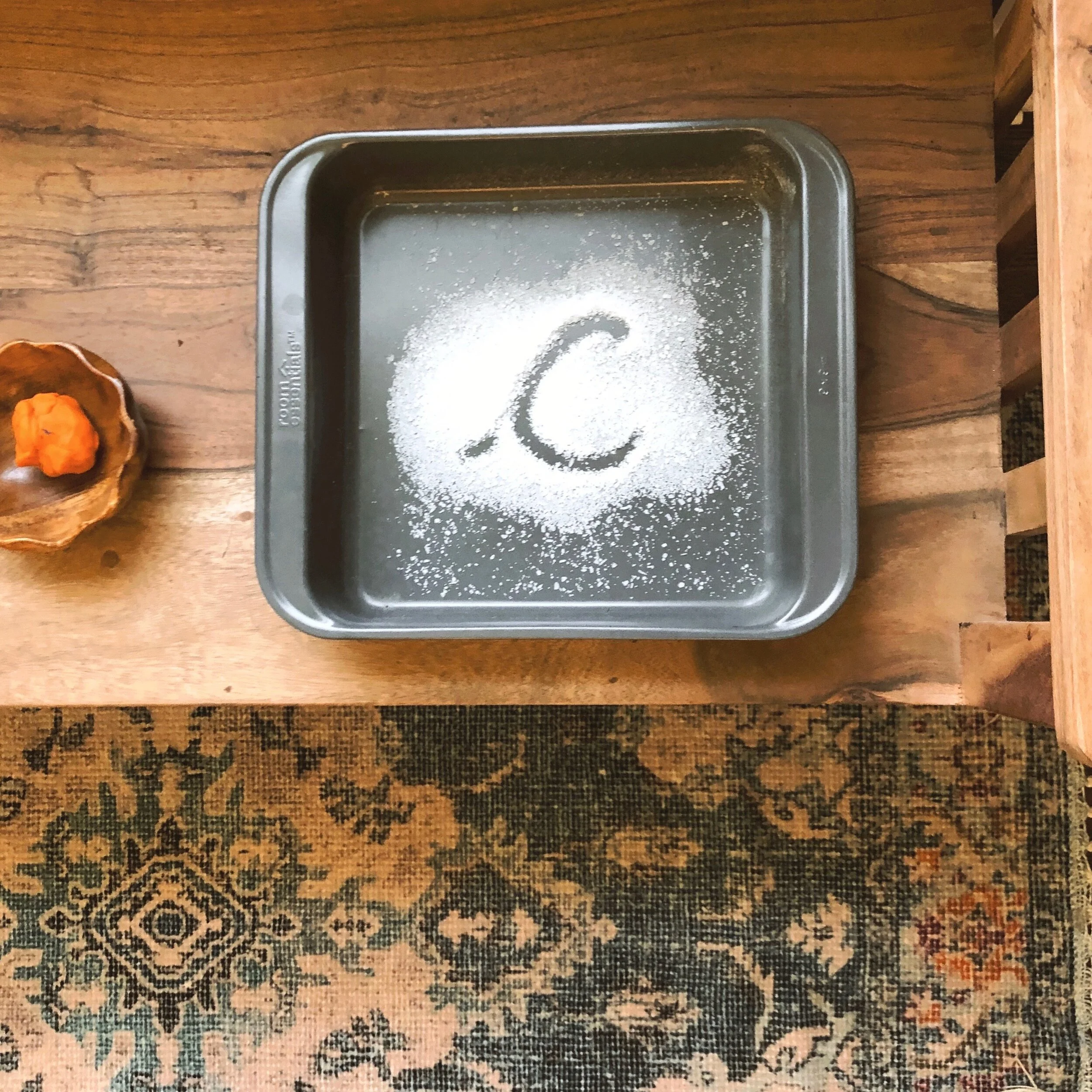Observation at Home
/“Observation requires careful and individual preparation on the part of the observer. Preparation is necessary in order to render him capable of observing and of understanding that which he observes. It is also necessary to follow certain rules during the observation in order that the object which is being observed—in this case, the child—will be free to manifest the phenomena which we wish to observe.” ‘Suggestions and Remarks upon Observing Children’ Dr. Montessori’s 1921 London Training Course
Observation is a vital part of the Montessori philosophy. Observation is what gives Montessori guides the information they need to follow the child. Following the development of the child is what this whole thing is about.
Observation can also have a positive influence on your parenting, especially when it comes to your child’s environment at home. When you take a moment to see things from an objective point of view, you can learn so many things you can do to support your child’s development. You can identify areas of your child’s environment that aren’t working. You can see new skills emerging and find ways to support them. The practice of observation can be transformational. Taking a moment to observe a situation before you react can make your parenting practices less reactive and more thoughtful. Here are a few tips for successful observation practices at home:
Focus on what is happening instead of how you feel about what is happening. This is where it gets tricky. Parenting is such an emotional journey. As classroom teachers, we can step back without the emotions that come with being the parent. Step back and try to be as objective about what is happening as possible. Writing down what you see can help.
Ask yourself some questions. Where are they? What are they doing? What kinds of movements are they using?
Use different methods. Maybe you begin to keep a tally of what toys your child actually engages with and for how long (this would be perfect to add into your routine any time you are considering purging toys!). Maybe you begin by keeping some notes during a certain time of day. Maybe you observe your child at the same time each day over a certain period of time.
Do something with your observations and be open to change. Yes, you spent a lot of time and money on that nursery or playroom. Be open to changing things that you are in love with for the sake of supporting your child’s needs. We cannot change our children, but we can change our child’s environment. And we can do the work to create change in ourselves.





